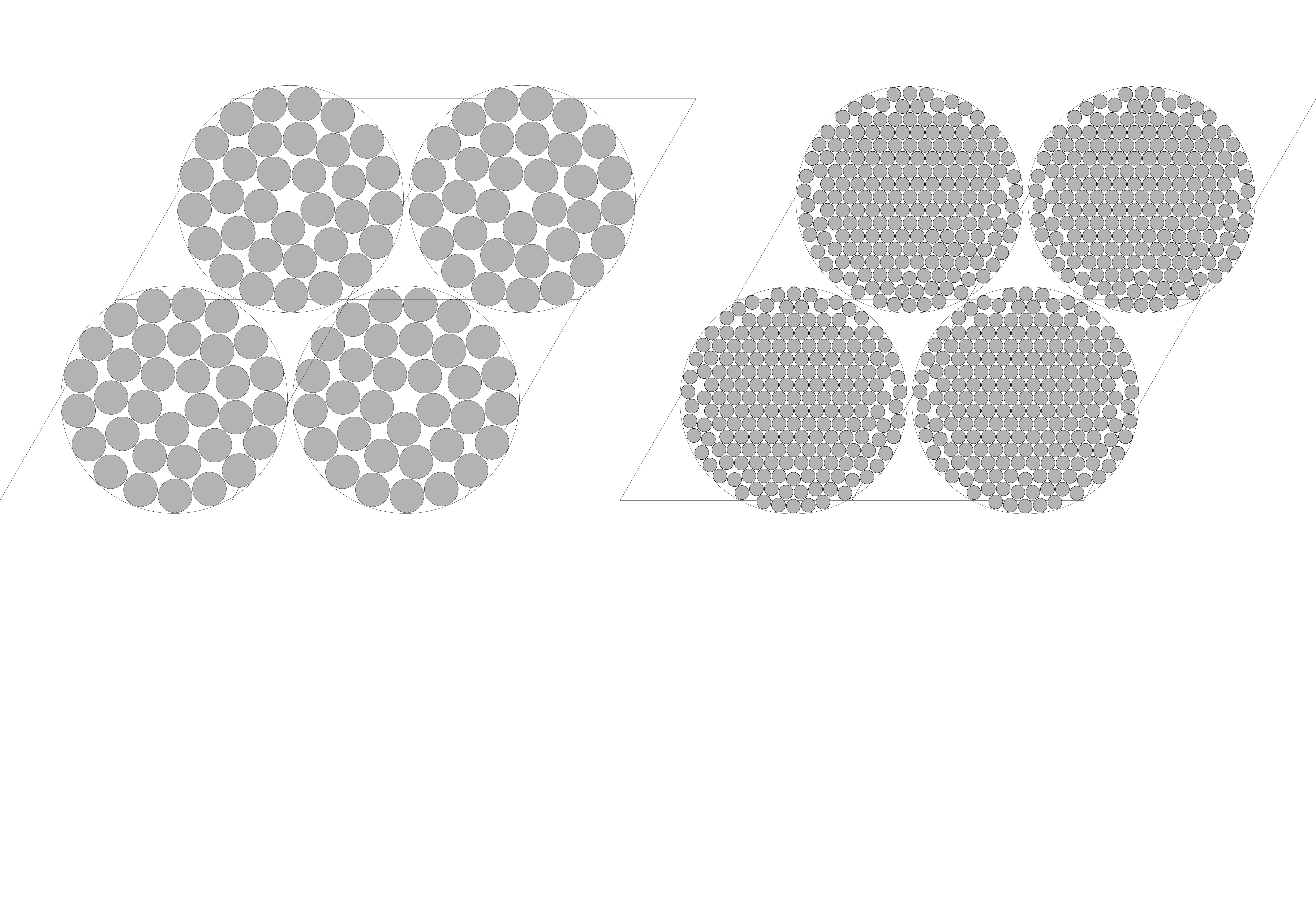Analytical Representation and Efficient Computation of the Effective Conductivity of Two-Phase Composite Materials
International Journal for Numerical Methods in Engineering
Volume 123 (15), 15 August 2022, pp. 3567-3593
R. Valéry Roy
Abstract:
Many engineered materials display ordered or disordered microstructures. Such materials exhibit transport properties which are unmatched by their single-phase homogeneous counterparts. These properties are obtained by the mixture of two or more phases typically characterized by a large contrast in their properties. For the development of these materials, it is critical to develop a robust computational framework in order to provide a fundamental understanding of how microstructure affects performance. This hinges on predicting their macroscopic properties, given the constitutive laws and spatial distribution of their constituents. To this end, this work presents a computational framework based on formulating periodic conduction transport problems in terms of boundary integral equations whose kernel is expressed in terms of Weierstrass zeta-function. The components of the effective conductivity tensor are then sought in the form of power series expansions of a conductivity contrast parameter. To accelerate their convergence, these expansions are transformed into Padé approximants. Presently restricted to the case of two-dimensional, two-phase microstructures, this framework is shown to yield accurate results over the entire range of the contrast parameter. Representation of the kernel as a lattice sum allows the use the Fast Multipole Method, thereby making computations significantly more efficient.
